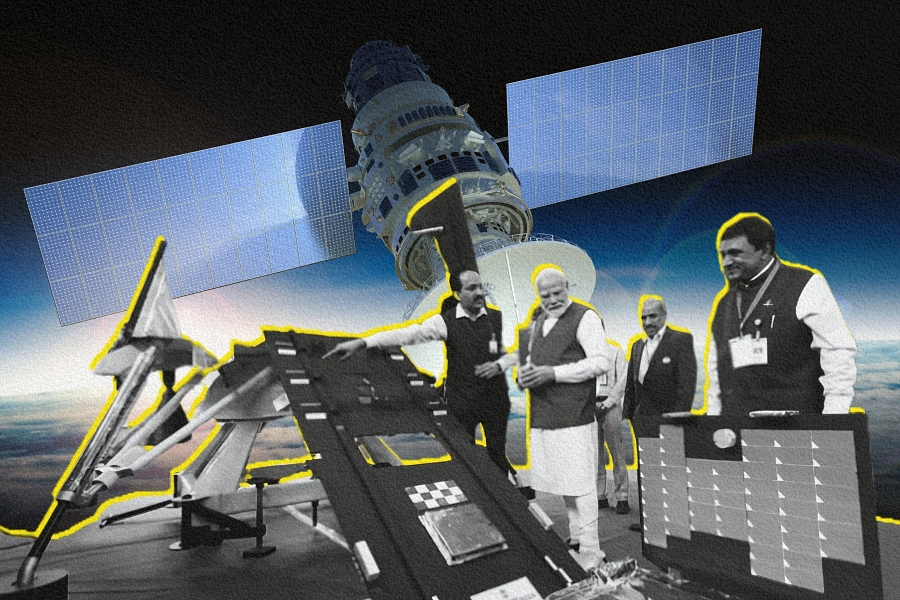Key Takeaways
- India’s satellite surveillance network is lagging compared to competitors like the US and China, which have extensive real-time intelligence capabilities.
- The SBS-3 program aims to strengthen India’s surveillance with a planned constellation of 52 satellites focusing on high-resolution imaging and maritime monitoring.
- Experts stress the need for rapid advancements in India’s space capabilities to address emerging security threats on multiple fronts.
India faces significant challenges in satellite surveillance, trailing behind rival nations that have established extensive real-time intelligence networks. Recent conflicts have highlighted the urgency for India to enhance its space-based surveillance (SBS) capabilities. A seasoned Indian innovator, referred to as “Avinash,” expressed concerns over India’s current intelligence shortcomings, particularly in light of recent skirmishes where adversaries, notably China, utilized advanced space assets to track Indian movements.
The Indian Space Research Organisation (ISRO) operates a fleet of ten satellites that monitor India’s extensive borders and coastline. However, concerns remain regarding the adequacy of these assets. Historical examples, such as the surgical strikes in 2016, showcase India’s reliance on satellite intelligence; yet, experts argue that current capabilities are insufficient for future conflicts, especially against technologically adept adversaries.
India’s SBS program has evolved over three decades, with the latest iteration, SBS-3, projected to deploy 52 new satellites within five years. The initiative aims to integrate advanced imaging technologies, including optical and radar satellites, to enhance reconnaissance and tracking capabilities. Despite these plans, experts emphasize the need for real-time data and improved satellite resolution to effectively monitor threats.
Additionally, India’s satellite capabilities are dwarfed by those of the US and China. With the US launching new surveillance satellites through partnerships with private firms like SpaceX, India must accelerate its development to avoid strategic disadvantages. China’s considerable presence in the eastern skies poses a significant challenge, as it continuously upgrades its space assets.
Experts argue that to adequately address emerging security challenges from diverse threats—both state and non-state actors—India needs a robust and agile satellite network. Currently limited in resolution and capabilities, India’s surveillance assets must evolve to provide timely and precise information.
The SBS-3 program is anticipated to employ advanced technologies, including high-resolution imaging and artificial intelligence for data processing. This will enhance India’s ability to monitor maritime activity and provide vital information for military decision-making.
In conclusion, while the SBS-3 program represents a promising advancement in India’s orbital surveillance capabilities, experts caution that it remains critical to strengthen these efforts promptly. As global security dynamics shift, maintaining a leading edge in space-based intelligence is crucial for India’s national security.
The content above is a summary. For more details, see the source article.















